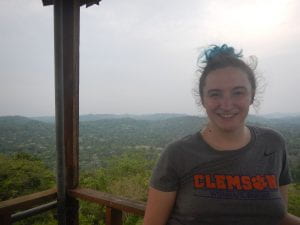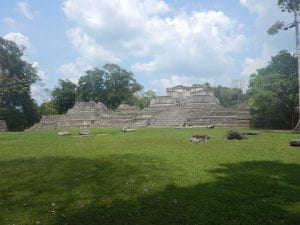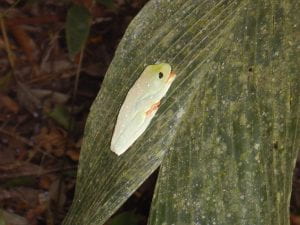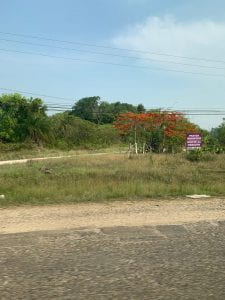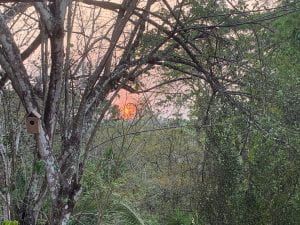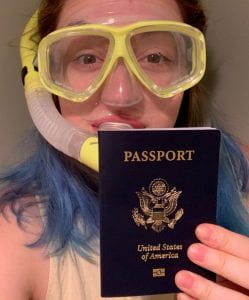Today was our last day here at Las Cuevas and so we spent the morning going out to collect all the camera traps we had placed at the beginning of the week. When we were out, we ran into the spider monkeys again and watched for a while as they tried to scare us off by throwing sticks down. Today must have been a good day for monkeys, because we could also hear the sound of howler monkeys calling off in the distance all day, which sounds to me a lot like we are in the movie Jurassic Park. I also managed to rack up 44 ticks pulled off of myself after our second trip down the monkey trail, and that is WITH bug spray. Certainly less than the hundreds I got at the beginning of the week though.
In the afternoon, we finished processing the data from yesterday afternoon’s experiment before going back out into the field one last time to examine young and old leaf cutter ant mounds (which mostly involved watching Scott digging holes to look for the fungus gardens and running from the giant soldier ants that can bite through rubber).
After dinner we had our lectures and then went through the pictures from our camera traps and found we had captured a picture of…. drum roll…. A TAPIR!!! We also had photos of some smaller mammals like a possum and skunk, and some birds, however one picture that didn’t turn out clear appeared to have some sort of large cat, perhaps a puma? Unfortunately because you can only see the faces silhouette, I guess we’ll never know what was out in the forest that night…

Though an exciting day of mammal siting, the amphibian count for the day was zero again, likely because of the dry and hot weather we have been having.

